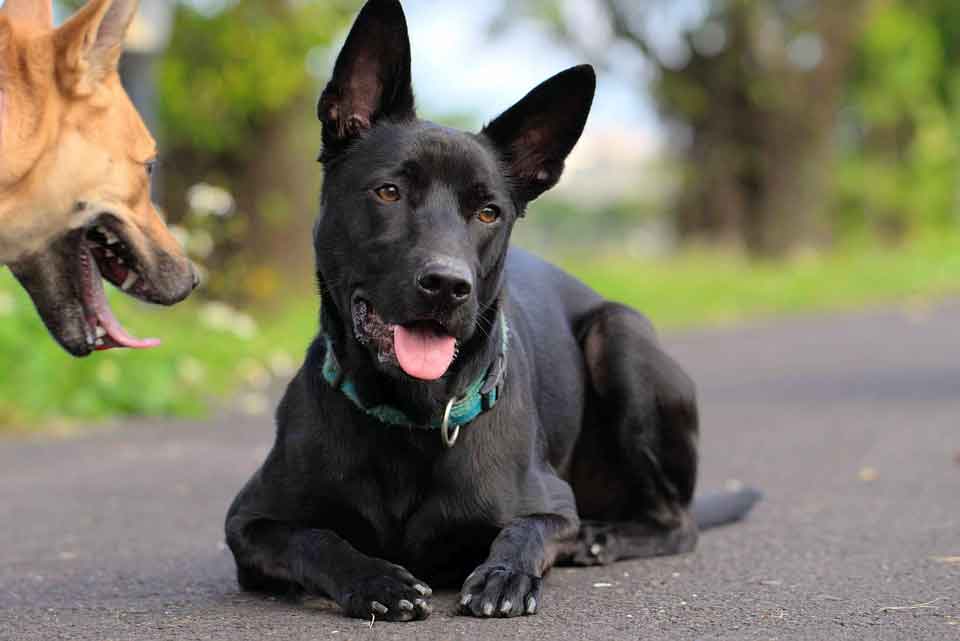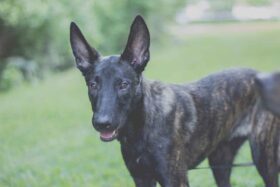Content |
|---|
History
The Thai Ridgeback is a breed of dog to dogs section primitive type.
This elegant and attractive breed of dog appears cited from ago 360 years and according to the scholars of the race, kept as it was in the beginning.
The crucial reason why the Thai Ridgeback, has kept its characteristics intact was the insulation that for so long, suffered Thailand, which has led that race does not mix with others and be kept pure.
It comes exactly from the eastern part of Thailand, or at least, There was where was more used as a watchdog, as in charge of defending carts against the attack of bandits and as an assistant in the hunt for wild boars and snakes.
Some experts, they maintain that the Thai Ridgeback It is one of the ancestors of many of the current Asian breeds that share some characteristics with it., how are he Chongqing dog, the Shar Pei or the Chow Chow.
It is one of the oldest breeds that exist today.
This currently enjoying more widespread as a pet, although it is virtually unknown outside its country of origin. And even in Thailand is a rare breed, or little-known.
Physical characteristics
The Thai Ridgeback it is a medium-sized dog with short hair, that forms a ridge on the back. Their highly developed muscles and anatomical structure are suitable for their activity as hunting dogs.. The eyes are medium in size, almendrada form, dark brown; in blue or silver colored dogs, amber eyes are allowed. The ears are attached to the top of the skull, which is very wide between the ears. Triangular, very large, are leaning forward and very straight. The tail, thick at the root, gradually tapers towards the tip. Carried vertically straight or curved like a sickle.
Fur: Short and smooth. At the rear, the crest is made up of hair deviated from the rest of the body. The boundary between the ridge and neighboring regions must be well defined.. The ridge can have different shapes, but symmetric is preferred.
Color: Uniform. Light brown red, black, silver and blue.
Size: Males 56-61 cm., females 51-56 cm..
Weight: 25 to 30 kg for the male and 20 to 25 kg for females
Character and skills
The Thai Ridgeback is a dog strong, powerful, tremendously, Active and vigorous. It is very distrustful with strangers and very attached to his master.
Due to the characteristics of its fur, great efforts are not required in its conservation., a weekly brushing will be more than enough.
Something important to keep in mind is the dose the daily activity This dog is needed, at least one hour of outdoor exercise, since otherwise it could become destructive with the furniture of the house.
You need to run, feel free… tire. Then in the home usually a dog very quiet and protector.
Observations
One of the passions of Thai Ridgeback, and perhaps the most striking, is that She loves to jump, enjoys jumping without stopping.
It's one little-known race, even in your country of origin.
Health “Thai Ridgeback”
Resistant / robust :
The Thai Ridgeback it is a robust dog but it can hardly bear the low temperatures.
Withstands heat:
Due to its origins, this dog is not afraid of high temperatures.
supports the cold:
His short coat does not give him good protection against bad weather.
Tendency to gain weight:
The breed is not concerned with overweight problems.
Frequent illnesses:
Seno dermoide
Hip dysplasia
Price of a “Thai Ridgeback”
The price of a Thai Ridgeback varies according to its origin, age and gender. The weak diffusion of the breed outside its country of origin does not allow us to know the average price of a puppy of the Thai Ridgeback.
Regarding the average budget to cover the needs of a dog of this size, you have to count roughly 40 euros / my.
Images “Thai Ridgeback”
Videos “Thai Ridgeback”
Type and recognitions:
- FCI CLASSIFICATION:
- Group :
- Section : . .
Federations:
- – FCI – Group 5: Spitz-type dogs and primitive type – Section 7: Primitive type - Hunting Dogs. ⓘ
FCI breed standard "Thai Ridgeback"
Alternative names:
1. Thaï Dog (English).
2. Mah Taï, Chien thaïlandais à crête dorsale, Thaï Dog, Thai Ridgeback (French).
3. Thai Ridgeback (German).
4. Cão-tailandês-de-crista-dorsal (Portuguese).
5. Perro tailandés con cresta (español).
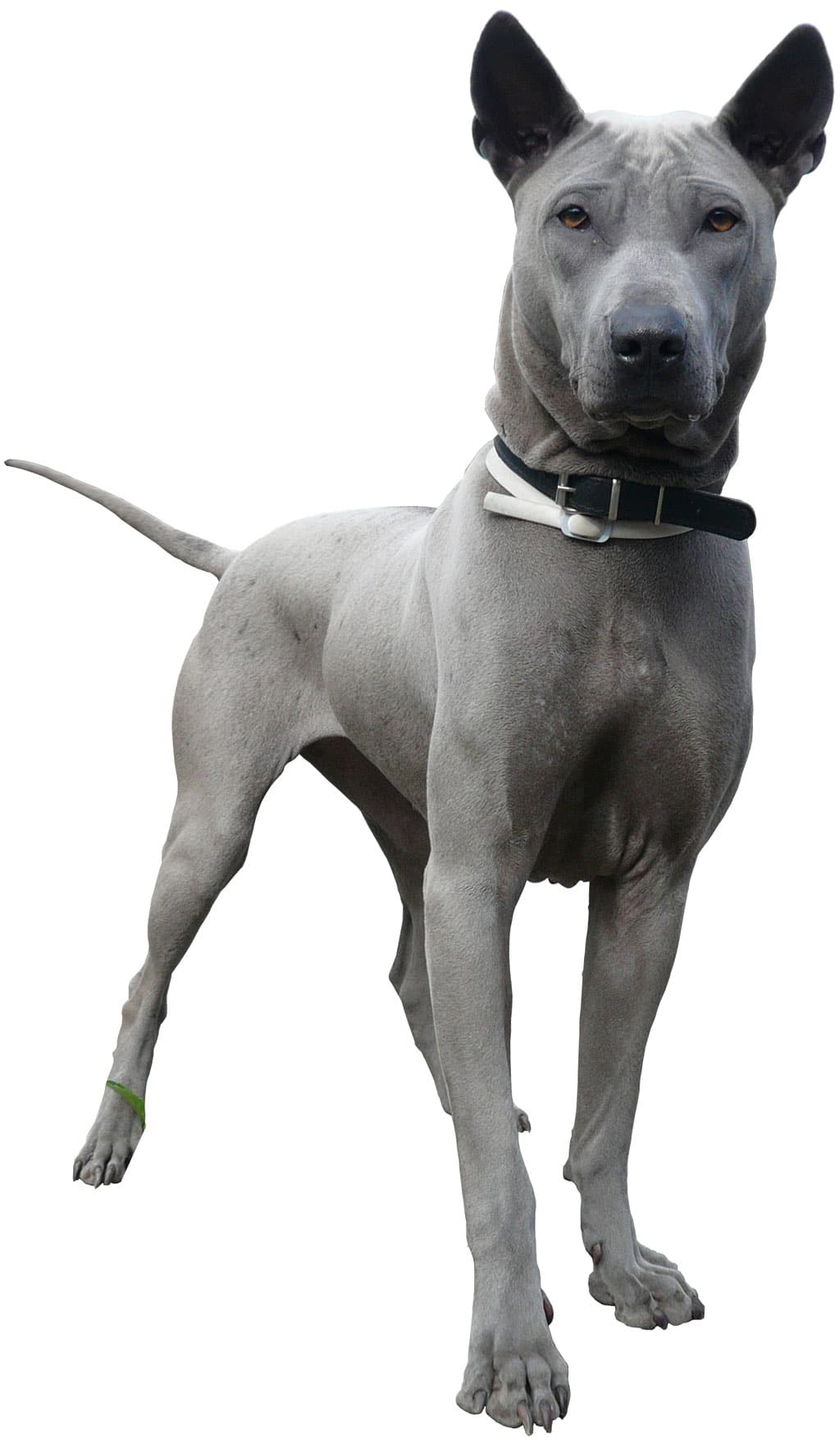




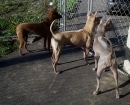
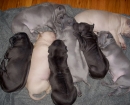
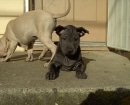

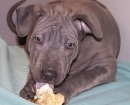

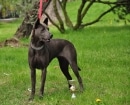

 Dogs 101 ~ Thai Ridgeback (Rare Breeds)
Dogs 101 ~ Thai Ridgeback (Rare Breeds) Thai Ridgeback Dogs Groundwork
Thai Ridgeback Dogs Groundwork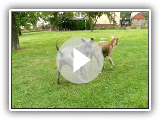 Thai Ridgeback Dog – PLUMS JEWEL
Thai Ridgeback Dog – PLUMS JEWEL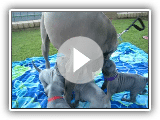 Blue x Juju 4 weeks old June 2010 003.AVI
Blue x Juju 4 weeks old June 2010 003.AVI
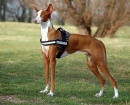
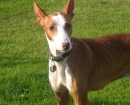
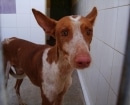
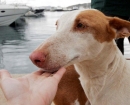
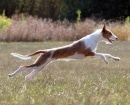
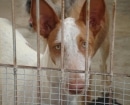
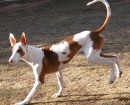
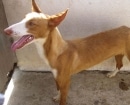
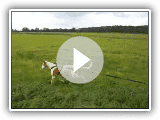 Ibizan Hound
Ibizan Hound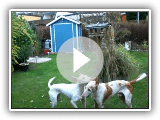 Ibizan Hound
Ibizan Hound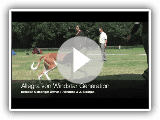 nvow-hound-Ibiza
nvow-hound-Ibiza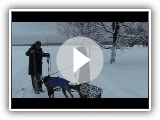 podenco-Ibicenco Latvia January 2010.
podenco-Ibicenco Latvia January 2010.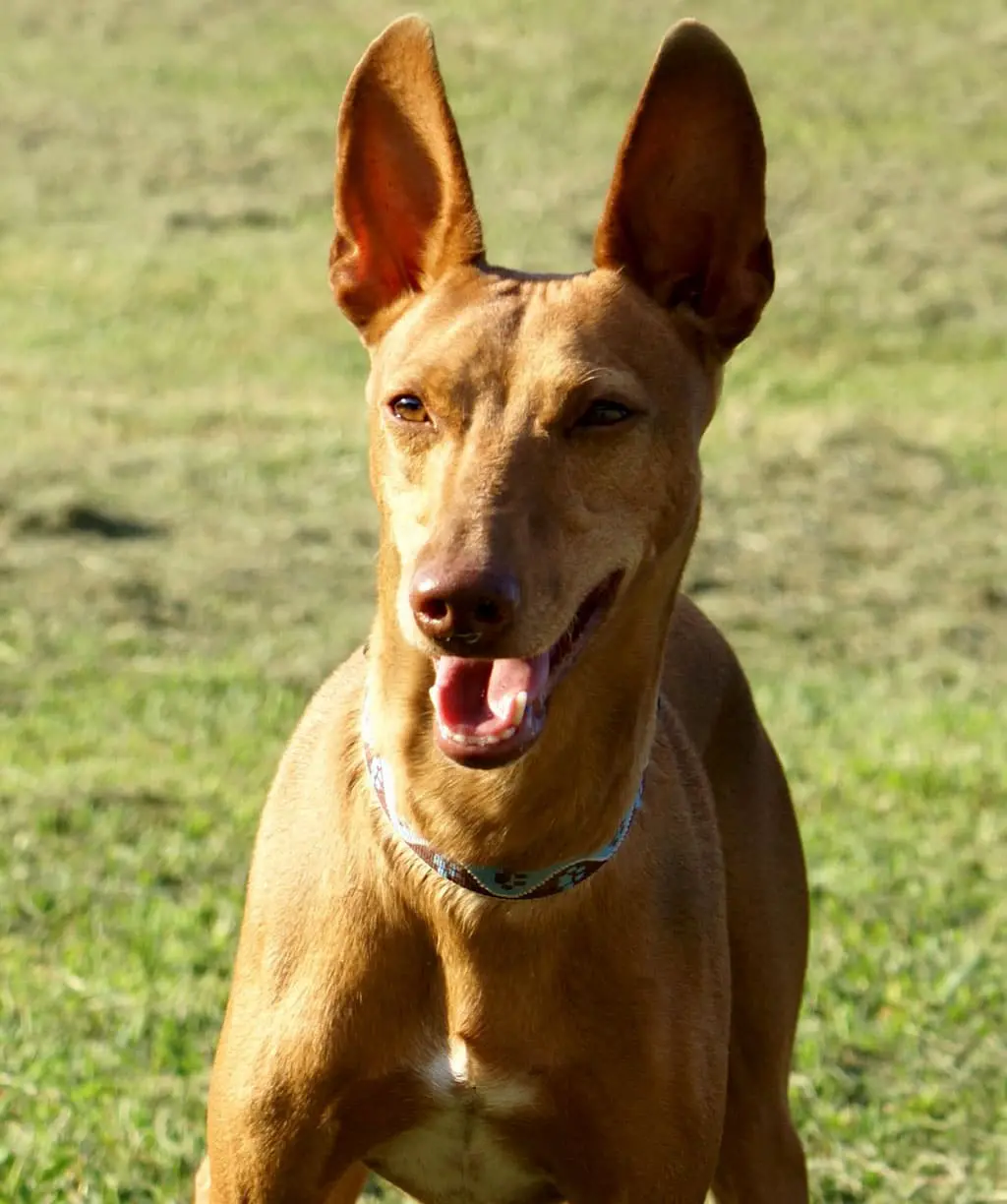

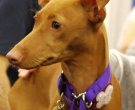
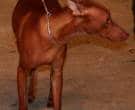
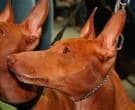
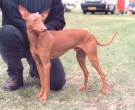
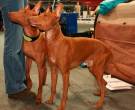
 Best of Breed – Cirneco dell'Etna | Crufts 2016
Best of Breed – Cirneco dell'Etna | Crufts 2016 Cirnechi of Etna | Breed Judging 2019
Cirnechi of Etna | Breed Judging 2019 Cirneco dell'Etna puppy ETNA
Cirneco dell'Etna puppy ETNA Elizabeth cirneco dell'Etna
Elizabeth cirneco dell'Etna
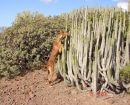
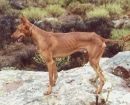
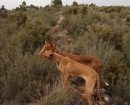
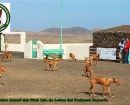
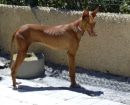
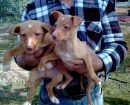
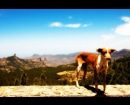
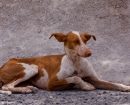
 Canarian hound a hunting dog. (To hunting dog)
Canarian hound a hunting dog. (To hunting dog)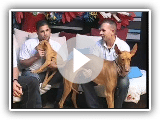 Canarian hound Interview TLD Fuerteventura at the Club island of wolves of the Podenco Canario party 1
Canarian hound Interview TLD Fuerteventura at the Club island of wolves of the Podenco Canario party 1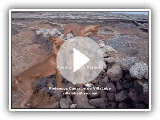 Canarian Warren Hound VillaLube
Canarian Warren Hound VillaLube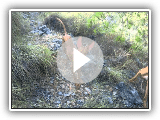 Podenco Canario of Bujadillo
Podenco Canario of Bujadillo
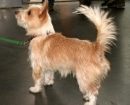
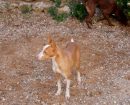
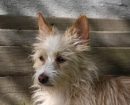
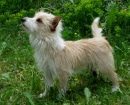
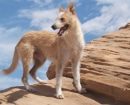
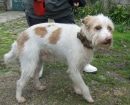
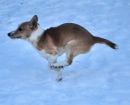
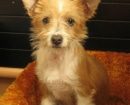
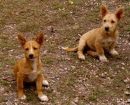
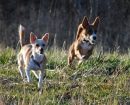
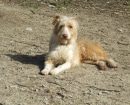
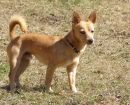
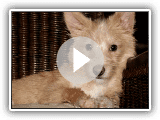 Podengo Portugues.Autumn Viamonte.
Podengo Portugues.Autumn Viamonte.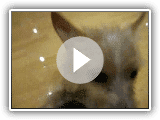 Sammi the Portuguese Podengo
Sammi the Portuguese Podengo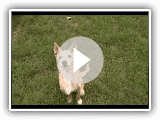 Portuguese Podengo Pequeno Larry
Portuguese Podengo Pequeno Larry < a rel = "#voverlay" href = "http://translate.googleusercontent.com/translate_c?depth=1 & hl = it & prev=/search?q=Canarian+Warren+Hound+undercoat&client=firefox-a&rls=org.mozilla:it:official&biw=1920&bih=967 & rural = translate. google. it & sl = in & u = http://www.youtube.com/v/tvJtFcHHdC8?autoplay=1&rel=0&enablejsapi=1&playerapiid=ytplayer & usg=ALkJrhhsZNZ7stC4O8YT0YAzsx4N68SqcQ" title="Podengo portugais half sucht im Atlantik"> Podengo portugais half sucht im Atlantik "
< a rel = "#voverlay" href = "http://translate.googleusercontent.com/translate_c?depth=1 & hl = it & prev=/search?q=Canarian+Warren+Hound+undercoat&client=firefox-a&rls=org.mozilla:it:official&biw=1920&bih=967 & rural = translate. google. it & sl = in & u = http://www.youtube.com/v/tvJtFcHHdC8?autoplay=1&rel=0&enablejsapi=1&playerapiid=ytplayer & usg=ALkJrhhsZNZ7stC4O8YT0YAzsx4N68SqcQ" title="Podengo portugais half sucht im Atlantik"> Podengo portugais half sucht im Atlantik "